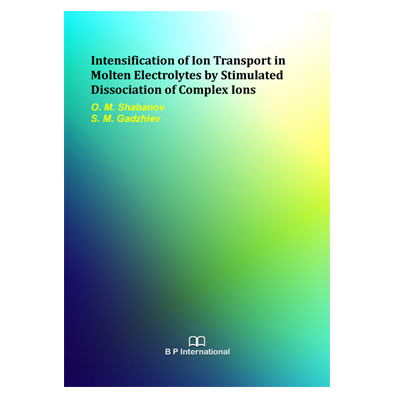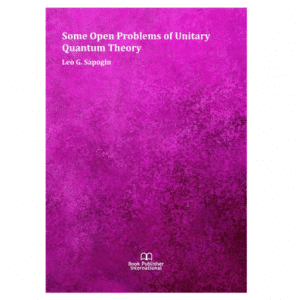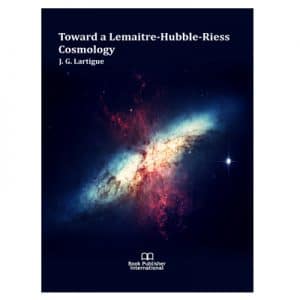The Wien effect is known in the literature, according to which, when the electric field strength increases, the electric conductivity of an electrolyte solution of a given concentration increases and tends to a limit value equal to the electric conductivity of this solution at infinite dilution.
The results of Wien’s work confirmed the presence of an ionic atmosphere in solutions according to the Debye-Hückel theory. A complex structure model was developed for molten alkali metal halides. However, at that time there was no experimental data confirming the presence of complex ions in them. It was necessary to find a way to study and obtain signs of their existence in salt melts.
The idea of studying the behavior of salt melts in pulsed electric fields belongs to O.M. Shabanov, who is one of the co-authors of the complex model of the structure of alkali metal halides. At that time Dagestan State University had a team of employees headed by Professor A.Z. Efendiev, who dealt with high-voltage pulsed discharges in gases. It was necessary to adopt this experience for salt melts, the conductivity of which is much higher than that of gases.
Shabanov O.M. together with S.M. Tagirov and S.M. Gadzhiev developed a technique and created an experimental setup of high-voltage pulse conductometry as applied to highly conductive media and obtained the first results on the ultimate electric conductivity of molten lithium, sodium and potassium chlorides according to the Wien effect. Systematic research began in 1972.
Subsequently, O.M. Shabanov and S.M. Gadzhiev improved the methodology and the experimental setup. It was attached to a spectrograph to study the emission spectra of melts and solid electrolytes. Post-graduate students Magomedova A.O., Kachaev R.G., Isakova A.A., Suleimanov S.I., Dzhamalova S.A. took part in the work at different stages.
Great assistance in this work was provided by the university of administration of Dagestan State University, Professors, USSR State Prize Khokhlov V.A., Kudyakov V.Ya., Stepanov V.P., and the Institute of High-Temperature Electrochemistry, Ural Branch of the Russian Academy of Sciences, to whom the authors express their sincere gratitude.
This work was supported by many grants from the Ministry of Education of the Russian Federation, Universities of Russia, RFBR.





